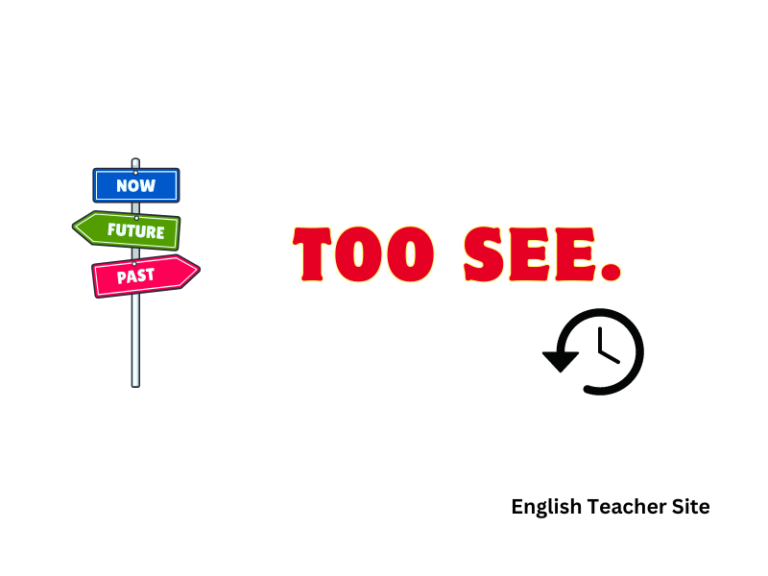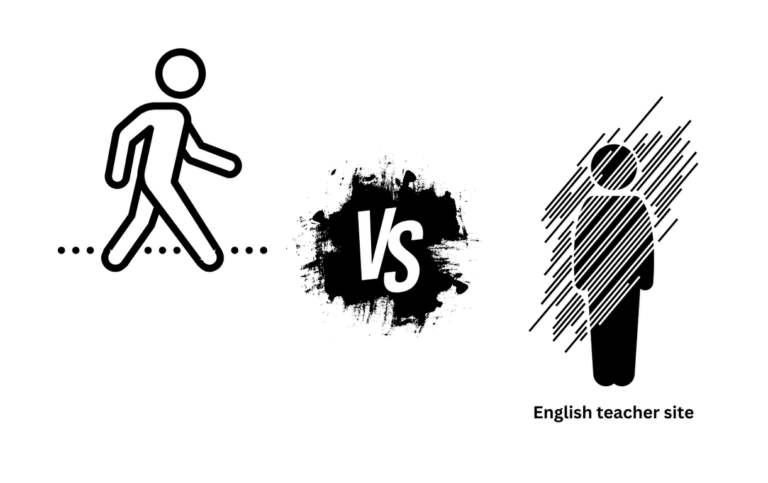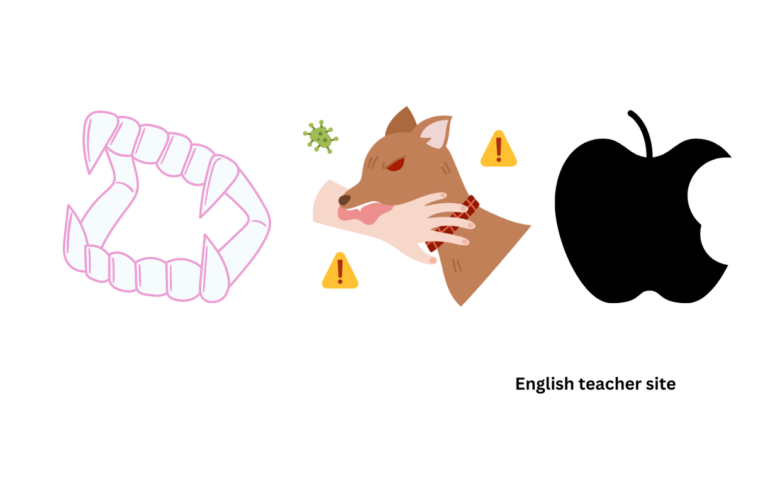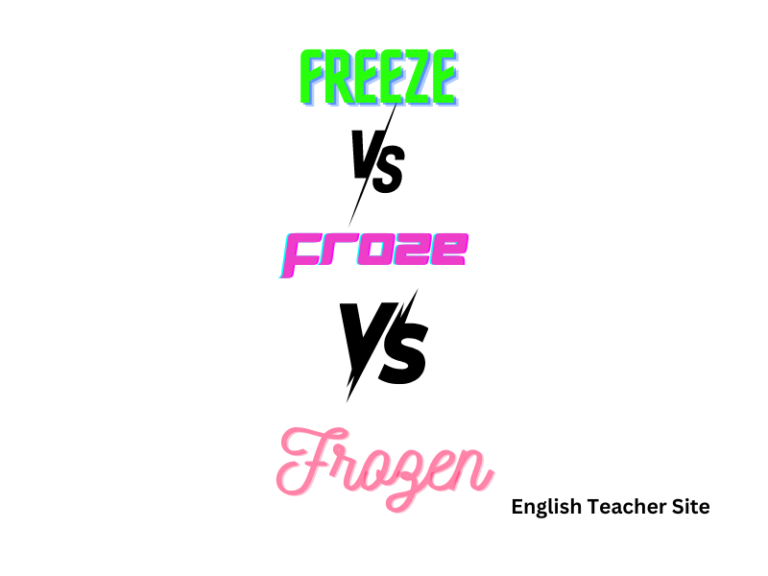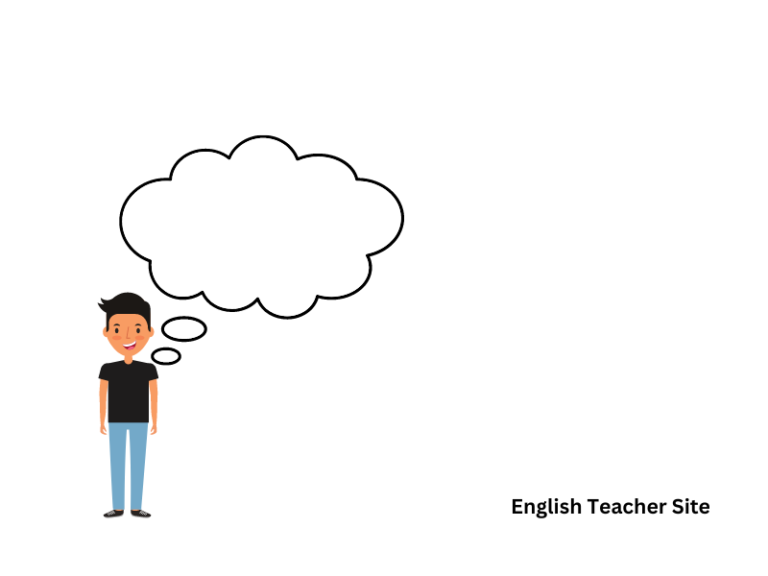Whats the Past Tense of Tear? Understanding Tore and Torn

- “Tore” is the simple past tense form of “tear,” indicating an action completed in the past.
- “Torn” is the past participle form of “tear,” used for perfect tenses and passive voice.
- Recognizing when to use “tore” and “torn” ensures correct verbal conjugation and enhances writing clarity.
The verb “tear” refers to the act of pulling something apart or to damage something by pulling it. When it comes to expressing this action in the past, “tore” is the simple past form while “torn” is the past participle. Understanding the difference between these forms is crucial for correct grammatical usage.
The verb tear is irregular, meaning it does not conform to the standard patterns of verb conjugation. This irregularity often leads to mistakes in writing and speech. Knowing when to use “tore” and “torn” is essential for conveying the correct time frame of an action. It also plays a significant role when constructing sentences in the perfect tenses, where the past participle “torn” is often required.
What’s the Past Tense of Tear? Tore Torn
In its most common usage, “tear” refers to the act of ripping or dividing something by force. As an irregular verb, the past simple tense of tear is tore, and the past participle is torn.
Consider the following tables for clarification:
Simple Tense Conjugation
| Tense | Verb Form |
|---|---|
| Present | tear |
| Past Simple | tore |
| Present Participle | tearing |
| Past Participle | torn |
Example Sentences
| Tense | Example Sentence |
|---|---|
| Present | She tears the paper into small pieces. |
| Past Simple | Yesterday, he tore the contract in anger. |
| Present Participle | They are tearing up the old carpeting. |
| Past Participle | The sails had been torn during the storm. |
When using “tear” in a sentence, choose the correct form based on the tense:
- Present: “She often tears her receipts.”
- Past Simple: “He tore the letter open.”
- Past Participle: “The fabric has been torn.”
Remember, the past participle is used with auxiliary verbs to form perfect tenses:
- Present Perfect: “I have never torn a page out of a book.”
- Past Perfect: “By the time we returned, the thieves had already torn the painting from its frame.”
Verb Forms of Tear
| Present | Past | Past Participle |
|---|---|---|
| tear | tore | torn |
In the present tense, “tear” retains its base form. For example:
- She tears the paper easily.
The simple past form of “tear” is “tore.”
- Yesterday, he tore the fabric by accident.
The past participle form is “torn,” which is used with auxiliary verbs to form perfect tenses.
- The documents have been torn.
Usage in Sentences:
- Present:
- The child tears the wrapping paper enthusiastically.
- Past:
- She tore the photo into pieces.
- Past Participle:
- The letter was torn up.
Remember that “torn” is an adjective too, describing the resulting state of an object that has been subjected to tearing.
This jacket is torn.
Tore vs Torn: What’s the Difference?
Tore is the simple past tense of “to tear.” It indicates an action that happened and was completed in the past.
Torn is the past participle form of “to tear.” It’s typically used with auxiliary verbs to form perfect tenses or the passive voice.
Let’s visualize these differences in two tables:
Table 1: The Usage of “Tore”
| Sentence Example | Explanation |
|---|---|
| She tore the letter in half. | Implies the action was completed in the past. |
| They tore down the old building last week. | Indicates a specific point in time when the action occurred. |
Table 2: The Usage of “Torn”
| Sentence Example | Explanation |
|---|---|
| The fabric is torn. | Implies the current state, as a result of a past action. |
| His jeans had been torn by the end of the trip. | Used with an auxiliary verb to form a past perfect tense. |
To further compare:
- When speaking about a direct action, use “tore”:
- The child tore the paper.
- When describing the result or condition caused by the action, use “torn”:
- The paper is torn.
Remember that while “tore” focuses on the past action itself, “torn” emphasizes the outcome or state resulting from that action. By recognizing the proper context for each word, one can confidently choose between “tore” and “torn”.
Examples of ‘Tear’ Used in Sentences
Present Tense:
- She carefully tears the envelope open.
Simple Past Tense:
- Yesterday, he tore the fabric accidentally.
Past Participle:
- The page has been torn out of the book.
Below are tables illustrating the use of ‘tear’ in sentence structures:
Table 1: Present and Simple Past Tense
| Present Tense (tear) | Simple Past Tense (tore) |
|---|---|
| She tears the paper. | She tore the paper yesterday. |
Table 2: Past Participle
| Has/Have/Had + Torn | Sentence Example |
|---|---|
| Has torn | She has torn her dress on the sharp edge. |
| Have torn | They have torn up the contract. |
| Had torn | They had torn down the posters before the event. |
Usage in different contexts:
- Active Voice: – The child tears a page from his notebook.
- Passive Voice: – A page is torn from the notebook.
Additionally, the verb “tear” can also carry different meanings depending on the context, such as in the phrase “to tear up,” often used to describe the act of crying.
- She couldn’t help but tear up during the touching scene in the movie.
Examples of ‘Tore’ Used in Sentences
- She tore the envelope open.
- He tore his jeans while climbing the fence.
- The wind tore through the trees.
Now, let’s look at two tables with additional examples of ‘tore’ used in sentences:
| Subject | Sentence Using ‘Tore’ |
|---|---|
| The child | The child tore up the drawing after making a mistake. |
| The athlete | The athlete tore a muscle during the game. |
In the next table, the usage of ‘tore’ is shown in a complex sentence structure:
| Context | Sentence Using ‘Tore’ |
|---|---|
| Negative Consequences | The papers fell off the desk, and she accidentally tore them as she tried to catch them. |
| Surprise | They tore open the gift and were surprised to find tickets to the concert. |
It’s helpful to recognize that ‘tore’ can be used to express both physical and metaphorical actions, as in “The critics tore apart the film in their reviews.”
Examples of ‘Torn’ Used in Sentences
Physical State:
- The fabric was torn during the move.
- After the storm, the sails were seen to be torn.
Emotional State:
- She felt torn between her career and family commitments.
- They were torn by the difficult decision ahead of them.
| Usage in Active Voice | Usage in Passive Voice |
|---|---|
| She had torn the letter in a fit of anger. | The letter had been torn in a fit of anger. |
| The child torn out the pages from the book. | Pages from the book were torn out. |
- Using ‘Torn’ in Perfect Tenses:
- She has torn up all of his letters.
- They had never seen a flag so torn after the battle.
Creating imagery with ‘torn’:
- The image of the torn kite against the sky was poignant.
- With a torn dress and a hopeful heart, she continued her journey.
Synonyms of ‘Tear’
In the context of English vocabulary, the word ‘tear’ can pertain to an act of ripping or dividing something into parts, usually by force.
Rip and rend are two common synonyms that often come up in conversations involving a forceful separation of materials. Here are a couple of tables that articulate distinct nuances between these synonyms:
| Synonym | Usage in Sentence |
|---|---|
| Rip | She accidentally ripped the hem of her dress. |
| Rend | The flag was rended in the fierce storm. |
Another set of terms that parallel the concept of ‘tear’ in different contexts are:
| Synonym | Usage in Sentence |
|---|---|
| Split | The seamstress split the fabric along the dotted line. |
| Shred | The documents were shredded to maintain confidentiality. |
In addition, ‘tear’ can be replaced with a variety of synonyms depending on the circumstance:
- Lacerate often pertains to deeper cuts or tears, especially into the flesh. For example: “The broken glass lacerated his feet.”
- Cleave suggests splitting something apart with or as if with a cutting blow. For example: “He cleaved the wood with his axe.”
It’s important to recognize that synonyms can vary slightly in meaning, so their use must coincide with the intended nuance. Dissect, mangle, and fray are more examples which, while similar, each carry a unique connotation or specific context in which they are most appropriately used. ‘Dissect’ generally suggests a precise or scientific cutting, ‘mangle’ implies a messy or ruinous tearing, and ‘fray’ often relates to the wear and tear of fabric over time.
Origin of Tear
The word tear, particularly in its multiple forms, exhibits an interesting etymology and grammatical evolution. When considering its past tense forms – tore and torn – one traces a linguistic journey that spans centuries.
The verb “to tear” has its roots grounded in Old English “teran,” which derived from the Proto-Germanic “tairan”. This term originally meant “to tear apart” or “to lacerate,” and the Proto-Germanic root can be further traced back to the Proto-Indo-European “der-” meaning “to split, flay, peel.”
| Language | Word |
|---|---|
| Proto-Germanic | tairan |
| Proto-Indo-European | der- |
In Middle English, the word evolved into “teren” or “taren,” which maintained similar meanings. The current past tense forms, “tore” as the simple past and “torn” as the past participle, emerged later.
| Middle English | Contemporary English |
|---|---|
| teren / taren | tore / torn |
- Tore: The simple past form likely took hold during the 14th century.
- Torn: The past participle form “torn” has analogous origins and was used similarly.
Throughout its etymological timeline, “to tear” has maintained its association with the act of ripping or severing something violently or forcefully. This powerful verb continues to express the physical and emotional act of division, whether it’s fabric being ripped apart or an emotional response causing one to “tear up.”
In contemporary usage, “tear” still signifies the act of pulling apart or into pieces with force, which reflects the word’s powerful and enduring legacy through eras of linguistic development.
Sources
- Harper, Douglas. “Etymology of tear.” Online Etymology Dictionary,
- Definition of tear.
- Wikipedia. 2023. “Indo-European ablaut.” Wikimedia Foundation.
My name is Khamis Maiouf. I am the creator of the English Teacher Site, dedicated to providing valuable resources and insights for students around the world. With a passion for education and a commitment to helping students enhance their skills, I aim to make English teaching more effective and enjoyable for both educators and students.

